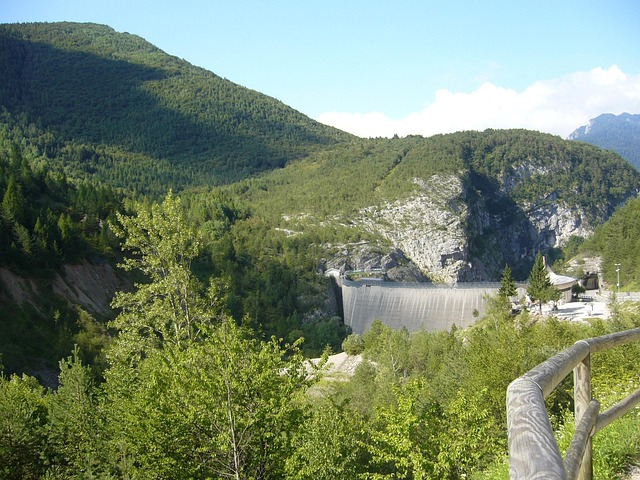San Antonio's winters pose significant risk of pipe bursts due to freezing temperatures and aging plumbing. To prevent these, homeowners should insulate exposed pipes, maintain consistent indoor temperature, check for leaks regularly, and use heat tape on vulnerable areas. In case a pipe bursts, immediate action includes shutting off water supply and removing standing water. Restoration involves repairing/replacing affected areas, sanitizing, and addressing pipe issues with maintenance and insulation to prevent future bursts during San Antonio's cold seasons. Effective preparation reduces the risk of costly water damage and maintains home comfort.
In the heart of San Antonio, preparing your home for winter is more than just turning on the heater; it involves understanding and preventing burst pipes. These unexpected disasters can lead to extensive property damage. Our article guides you through the process of full property restoration after a pipe burst and offers practical tips to help homeowners prevent these incidents during the chilly winter months. Learn about causing factors, restoration techniques, and proactive measures to keep your San Antonio residence safe.
- Understanding Burst Pipes: Causes and Prevention Strategies in San Antonio's Winter
- The Process of Full Property Restoration After a Pipe Burst
- Tips for Homeowners: Preparing and Maintaining Your Property to Prevent Future Burst Pipes
Understanding Burst Pipes: Causes and Prevention Strategies in San Antonio's Winter

Burst pipes are a common problem during San Antonio’s winter, caused by a combination of extreme cold temperatures and aging plumbing systems. When water inside pipes freezes, it expands, putting immense pressure on the pipe walls, which can eventually lead to ruptures. This is particularly prevalent in older homes where pipes might not be adequately insulated or protected against freezing.
To prevent bursting pipes during winter in San Antonio, homeowners should take proactive measures. Insulating pipes that are exposed or located in unheated areas can help maintain a constant temperature and reduce the risk of freezing. Regularly checking for leaks and addressing them promptly is crucial. Additionally, setting thermostats to a consistent temperature throughout the house and using heat tape on vulnerable pipe segments can provide extra protection. These strategies will not only prevent costly water damage but also ensure your home stays comfortable during San Antonio’s chilly winters.
The Process of Full Property Restoration After a Pipe Burst

After a pipe bursts, a full property restoration is often necessary to mitigate damage and restore your home to its pre-burst condition. The process typically involves several steps, starting with immediate action to prevent further water intrusion. This includes shutting off the water supply at the main shut-off valve and using buckets or wet/dry vacuum cleaners to remove standing water. Once the primary damage is controlled, a thorough inspection reveals hidden issues like mold growth, which requires specialized equipment and techniques for safe removal.
The restoration itself involves repairing or replacing affected walls, flooring, and ceilings, along with sanitizing the area to prevent bacterial growth. Plumbers address any pipe-related issues, ensuring proper sealing to prevent future bursts, especially during San Antonio’s winter months when temperature fluctuations can be severe. Preventing burst pipes through regular maintenance and insulation is key; this includes checking for leaks, insulating exposed pipes, and setting thermostats appropriately to avoid freezing conditions.
Tips for Homeowners: Preparing and Maintaining Your Property to Prevent Future Burst Pipes

Preparing your home for winter in San Antonio is crucial to prevent burst pipes, a common and costly issue during cold seasons. Homeowners should start by insulating exposed pipes, especially those near exterior walls and in attics, using materials like foam or heating tape. This simple step ensures that water remains liquid and doesn’t freeze, preventing pipe damage. Additionally, consider installing thermal expansion vents in your home to regulate temperature changes, which can also reduce the risk of bursts.
Regular maintenance is equally vital. Check all exterior plumbing for leaks and seal any gaps or cracks. Keep an eye on pipes that are older or more susceptible to freezing. Regular inspection and quick repair of any issues can save you from significant damage later. Additionally, insulate outdoor hoses and consider turning off the main water supply when temperatures drop below freezing to minimize water pressure in pipes.
After navigating through the process of understanding burst pipe causes, learning restoration techniques, and equipping homeowners with preventive strategies, it’s clear that proactive measures can significantly reduce the impact of frozen pipes. By implementing these tips, San Antonio residents can minimize property damage and avoid costly repairs during the winter months. Preventing burst pipes starts with preparation and ongoing maintenance, ensuring a peaceful and safe home environment year-round.
